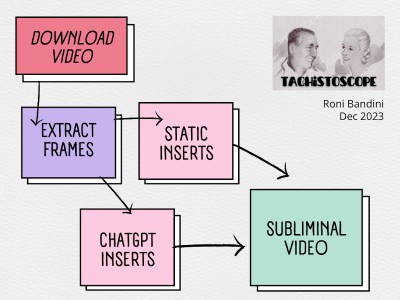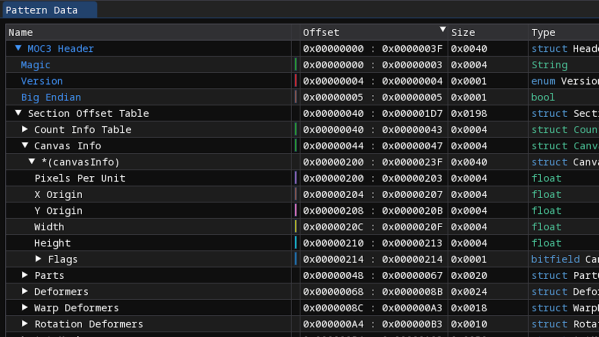You’ve probably heard of subliminal advertising — the idea is that behaviors can be elicited by flashing extremely brief messages on a movie or TV screen. “BUY POPCORN NOW” is the canonical example, with movies containing such subconscious messaging supposedly experiencing dramatic increases in popcorn sales.
Did it work? Maybe, maybe not, but the idea is intriguing enough to at least explore using this subliminal tachistoscope. [Roni Bandini] seems to have taken this project on as a sort of cautionary tale about brainwashing techniques, not only in motion pictures and TV but in printed media too; he goes pretty hard on the Peronistas’ use of not-so-subliminal messages to mold young Argentinian minds back in the 1940s and 50s.
 The tachistoscope [Roni] presents is a little more sophisticated than those ham-fisted propaganda attempts. The Raspberry Pi-powered device downloads a video from YouTube and automatically replaces random frames with a propaganda message inspired by those used by the Peronistas, with the modified video piped to a composite video output for display on a TV.
The tachistoscope [Roni] presents is a little more sophisticated than those ham-fisted propaganda attempts. The Raspberry Pi-powered device downloads a video from YouTube and automatically replaces random frames with a propaganda message inspired by those used by the Peronistas, with the modified video piped to a composite video output for display on a TV.
A digital counter on the tachistoscope keeps track of the total time viewers have been propagandized. For extra fun, the machine has a switch to enable ChatGPT-created political messages to be inserted into the stream; we shudder to think what those might look like. Watch the video below for a sample of the brainwashing, but don’t blame us if you fall in love with [Evita].
We understand that this is more of a statement on the power of propaganda than an actual tool for mind control, but if [Roni] is serious about his brainwashing, some small mods might make it more effective. Thanks to the full frame of text on a black background, the subliminal messages aren’t very subliminal; they might be more subtle if the text was overlaid on the target frame rather than replaced completely. Seems like that should be possible with ffmpeg or something similar.
Continue reading “DIY Tachistoscope Feeds Your Hunger For Popcorn And Propaganda”

















